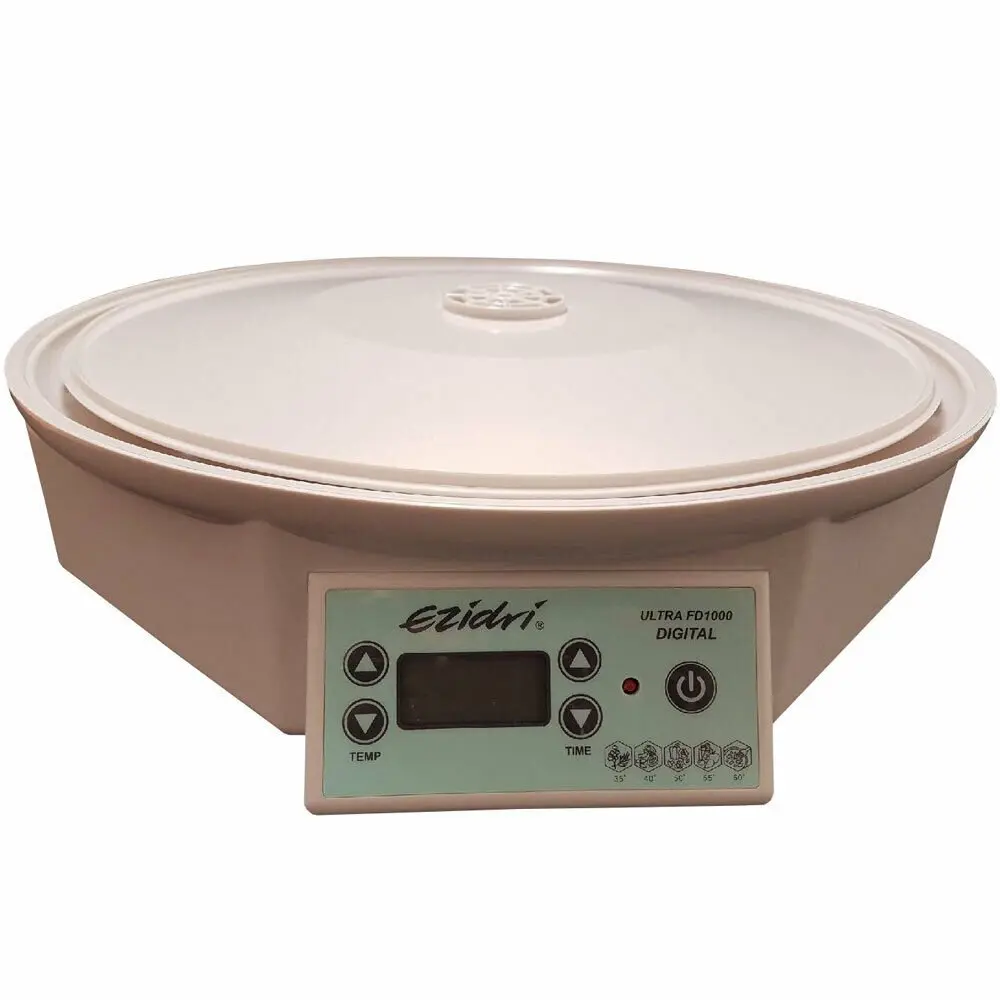Air ventilation is crucial for creating and maintaining a healthy indoor environment, especially within residential spaces. Proper ventilation involves the circulation of fresh air and the expulsion of stale, polluted air, which helps regulate indoor air quality. It plays a significant role in reducing the concentration of indoor pollutants such as volatile organic compounds (VOCs), carbon dioxide, and other harmful substances. Ventilation systems also aid in controlling indoor humidity levels, preventing the accumulation of moisture that can lead to mould and mildew growth. Various ventilation-systems are available, each designed to address specific needs and environmental conditions. Choosing an appropriate system involves evaluating factors like property size, climate, and energy efficiency.
Benefits of a Ventilation-System
A ventilation-system enhances indoor comfort by ensuring a consistent flow of fresh air, which helps maintain a stable indoor environment. This circulation process aids in regulating temperature, preventing the build-up of excessive heat during summer and maintaining warmth during colder months. Additionally, ventilation-systems play a pivotal role in odour control, swiftly removing unpleasant smells from kitchens, bathrooms, and other areas.
These systems also contribute to preserving indoor materials and furnishings by preventing the accumulation of moisture and subsequent damage. In homes where indoor air quality might be compromised by cooking, cleaning, or using certain household products, a ventilation-system effectively mitigates the potential adverse effects.
Moreover, air-ventilation-systems are instrumental in noise reduction, particularly in urban areas where external noise pollution is a concern. These systems offer a quieter indoor environment by ensuring that windows remain closed while providing adequate ventilation. In summary, the multifaceted benefits of a well-functioning ventilation-system extend beyond health, positively impacting overall indoor comfort and the property’s longevity.
Types of Air-Ventilation-Systems for Home
Several types of air-ventilation-systems are suitable for residential use, each designed to meet specific needs and environmental conditions. Natural ventilation relies on windows, doors, and vents to allow fresh air to circulate and expel stale air. This method is energy-efficient but may be less effective in extreme weather conditions. Mechanical ventilation, on the other hand, uses fans and duct systems to control airflow.
Mechanical ventilation has subcategories, including exhaust-only systems that expel indoor air and supply-only systems that introduce fresh air into the home. Balanced ventilation-systems, such as heat recovery ventilators (HRVs) and energy recovery ventilators (ERVs), combine exhaust and supply methods, providing a more controlled and efficient air exchange. HRVs are particularly effective in climates with significant temperature differences between seasons, as they transfer heat between incoming and outgoing air.
ERVs also manage humidity levels, making them ideal for areas with high humidity. Each system offers unique advantages, and the choice depends on factors such as climate, home size, and specific air quality requirements. Properly selecting and installing these systems ensures optimal indoor air quality and comfort.
Choosing the Right Air-Ventilation System
Selecting the appropriate air-ventilation-system for a home hinges on a thorough evaluation of several key factors. The size and layout of the property are paramount, as larger homes may require more robust systems to ensure even air distribution. The climate also plays a significant role; homes in regions with extreme temperatures might benefit from systems that offer both ventilation and temperature regulation, such as heat recovery ventilators.
The specific needs of the occupants must also be considered, particularly if there are individuals with respiratory conditions or allergies. These needs might dictate the choice of a system with superior filtration capabilities. Energy efficiency is another crucial aspect that impacts long-term operational costs and environmental sustainability. Evaluating different systems’ energy consumption and potential savings can help make an informed decision.
Additionally, the ease of installation and the availability of professional services for maintenance can influence the choice. Systems that are easier to install and maintain might be more appealing, particularly for homeowners looking to minimise ongoing costs. Choosing the right air-ventilation system requires balancing performance, cost, and specific household needs to ensure a comfortable and healthy living environment.
Installation and Maintenance
A well-installed and maintained air-ventilation-system is crucial for indoor air quality, energy efficiency, and system longevity. Whether installed by professionals or DIY enthusiasts, proper setup and routine upkeep ensure optimal performance. Below are key aspects to consider for effective ventilation-system management.
Professional vs. DIY Installation
Professionals should always install complex ventilation-systems to ensure compliance with safety standards and optimal performance. However, simpler systems may be suitable for homeowners with technical expertise. Proper installation prevents future operational issues and enhances efficiency.
Regular Filter Maintenance
Filters play a vital role in trapping dust and pollutants, preventing them from circulating indoors. Over time, clogged filters reduce airflow and strain the system. Cleaning or replacing filters periodically ensures smooth operation and maintains air quality.
Duct Inspection for Leaks
Leaky ducts can significantly reduce system efficiency by allowing conditioned air to escape. Regular inspections help identify cracks or loose connections, ensuring air flows properly through the system without unnecessary energy loss.
Checking Mechanical Components
Fans, motors, and other mechanical parts should be routinely examined for wear and tear. If left unchecked, malfunctioning components can reduce efficiency and lead to costly repairs. Proper lubrication and timely repairs keep the system running smoothly.
Sustaining Indoor Air Quality
A well-maintained ventilation-system improves airflow and removes contaminants, allergens, and excess moisture. Consistent upkeep ensures a healthier living environment while prolonging the system’s lifespan.
Health Benefits of Air Ventilation System for Home
Air-ventilation-systems significantly contribute to healthier living environments by mitigating indoor pollutants and allergens. These systems help remove harmful substances such as volatile organic compounds (VOCs), which can originate from household cleaning products, furnishings, and building materials. Effective ventilation minimises these pollutants’ concentration, reducing the risk of respiratory conditions and other health issues.
Additionally, by controlling indoor humidity levels, ventilation-systems inhibit the growth of mould and mildew, which are known to exacerbate respiratory problems and allergies. This is particularly beneficial for individuals with asthma or other respiratory conditions, as it lessens the likelihood of symptoms being triggered. Proper airflow also prevents the accumulation of carbon dioxide, ensuring that indoor air remains fresh and breathable.
Furthermore, air ventilation system for home with advanced filtration capabilities can capture and eliminate particulate matter such as dust, pollen, and pet dander, thereby relieving allergy sufferers. The consistent introduction of fresh air and expulsion of stale air ensures a healthier and more comfortable living environment.
Improving Energy Efficiency
A well-designed air-ventilation-system can significantly improve energy efficiency within a home. By utilising advanced components and innovative technologies, such as heat recovery ventilators, these systems can drastically reduce the need for additional heating and cooling. Heat recovery ventilators transfer heat between outgoing stale air and incoming fresh air, thus lessening the energy required to maintain comfortable indoor temperatures.
This exchange process reduces energy consumption and enhances the overall performance of heating and cooling systems, making them more efficient. Additionally, incorporating energy-efficient fans and variable-speed drives can optimise air flow while minimising energy usage. Proper insulation and airtight ducts enhance the system’s efficiency by preventing heat loss and air leaks.
Integrating smart controls and sensors allows for real-time monitoring and adjustments, ensuring the system operates only when necessary, thus conserving energy. Investing in energy-efficient ventilation-systems reduces operational costs and aligns with sustainable living practices by lowering the home’s carbon footprint. The combined effect of these measures ensures a more efficient, cost-effective, and environmentally friendly approach to maintaining indoor air quality and comfort.
Environmental Impact
Air-ventilation-systems have a significant environmental impact by fostering sustainable living practices and reducing a home’s overall carbon footprint. These systems enhance energy efficiency, which directly correlates with lower energy consumption. Advanced technologies like heat recovery ventilators reclaim heat from outgoing air, reducing the need for additional heating and cooling. This reduction in energy demand lowers utility bills and diminishes the strain on natural resources.
Additionally, energy-efficient fans and variable-speed drives help optimise airflow while conserving energy. Properly installed and maintained ducts prevent heat loss and minimise air leaks, contributing to an energy-efficient home environment. Integrating smart controls and sensors allows for precise monitoring and adjustments, ensuring the system operates only when necessary, thus conserving energy and reducing greenhouse gas emissions.
Air-ventilation-systems are vital in mitigating residential properties’ environmental impact by decreasing the need for artificial heating and cooling. This aligns with broader efforts to combat climate change and promote ecological sustainability.
Common Challenges and Solutions
Air-ventilation-systems can encounter various operational challenges, such as noise and air leaks. Addressing noise involves installing soundproofing materials or using quieter fans to reduce the decibel levels produced by the system. Air leaks are another common issue that can diminish the ventilation -system’s efficiency. These leaks can be rectified by ensuring that all ductwork connections are securely sealed and regular inspections are conducted to identify potential breaches.
Another challenge is maintaining optimal performance during extreme weather conditions; this can be managed by selecting systems with built-in climate control features or supplementary heating elements. Additionally, improper installation can lead to inefficiencies and operational problems. Ensuring professional installation or consulting experts can mitigate this issue.
Regular maintenance, such as filter changes and system inspections, prevents common issues and prolongs the system’s lifespan. Proper upkeep also helps avoid blockages and ensure that all components function smoothly. By proactively addressing these challenges, the performance and longevity of air-ventilation-systems can be significantly enhanced.
Conclusion
Air ventilation plays a vital role in maintaining a healthy and productive workspace. Proper airflow reduces the concentration of indoor pollutants, controls humidity levels, and ensures a steady supply of fresh oxygen. This minimizes health risks like respiratory issues and fatigue and boosts focus, energy, and overall employee morale. By investing in quality ventilation-systems, businesses can create a comfortable environment that promotes well-being and enhances efficiency. Ultimately, improved air quality leads to fewer sick days, higher productivity, and a better working atmosphere—making ventilation an essential part of any workplace infrastructure.
FAQ’s
What are the health benefits of proper air ventilation in the workplace?
Effective air ventilation reduces allergens, dust, and harmful chemicals, which helps prevent respiratory problems, allergies, and fatigue. It also lowers the risk of airborne disease transmission.
Can poor ventilation affect employee productivity?
Yes, inadequate ventilation can lead to stuffy environments and higher carbon dioxide levels, which can cause headaches, drowsiness, and reduced concentration—all of which negatively impact productivity.
How can businesses improve air-ventilation in their offices?
Businesses can upgrade HVAC systems, use air purifiers, keep vents clean and unblocked, and introduce natural airflow by opening windows and using exhaust fans.
Is natural ventilation enough for a healthy workspace?
Natural ventilation helps, but it may not be sufficient in all buildings. Combining it with mechanical systems ensures consistent air quality, especially in enclosed or high-occupancy areas.
How often should workplace ventilation-systems be inspected?
Ventilation-systems should be inspected and maintained at least once or twice a year to ensure they function efficiently and safely. Regular filter replacements are also crucial.
| Related Business Listings |
| Contact Directory |
| Local Business Profiles |



